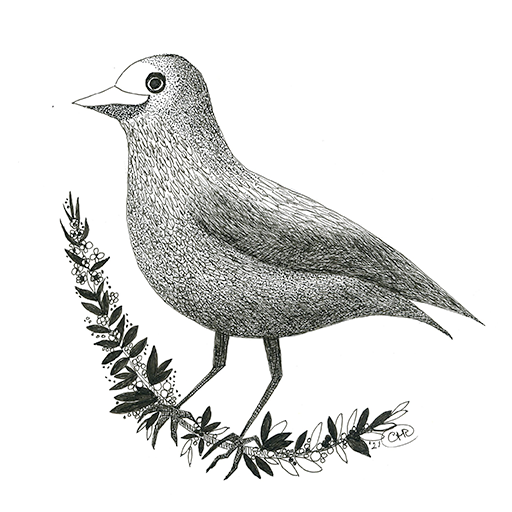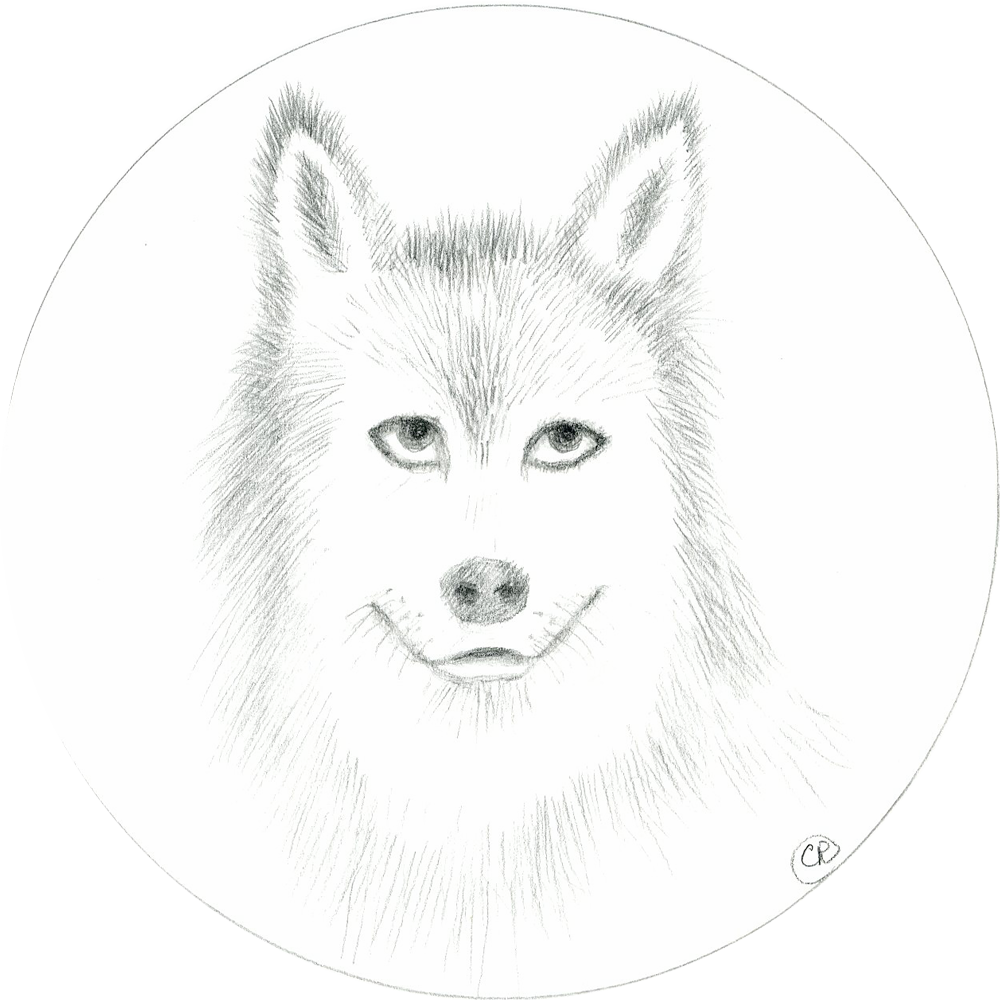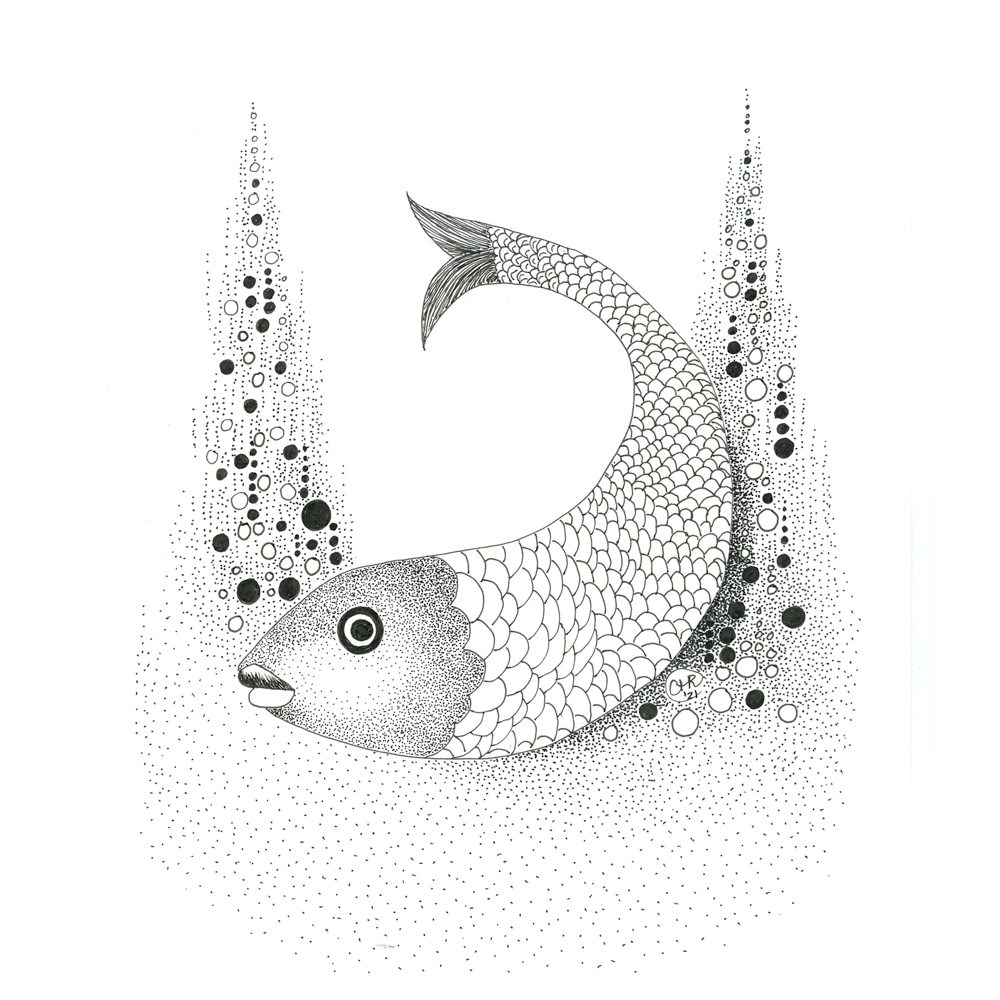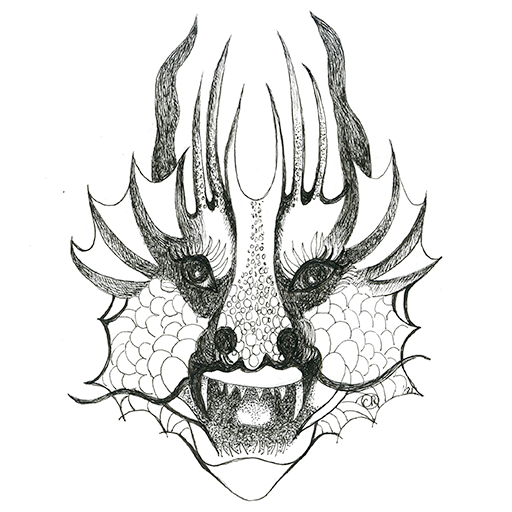A cross-cultural storytelling program:
consisting of appealing educational materials that are centered around Animal Wisdom.
This includes narrative, visual, musical, ritual, theatrical and dance expressions of animals.
These various artistic forms — drawn from storytelling and wisdom traditions gathered from the four corners of the world — give expression to elemental powers and wisdom of animals that are relevant for us all.
There are many forms of storytelling.
An artistic and intercultural approach is characteristic of the QfWf-Animal Wisdom program. The stories, visual arts, music, proverbs and symbolism in cultures contain wisdom collected from generation to generation: both about animals and about the art of living. In other words, we can learn a lot about being happy humans from the world of animals as well as about the cultural different perspectives on this elemental art of living!
Cultural Filters

The collected animal wisdoms are both fictional, sometimes factual, and of course fun! Sometimes bizarre and entertaining, as well as artistic and educational.
By comparing cultural expressions of animals from the different corners of the world, many enriching insights arise for the participant.
For example, the Raven appears in stories from different cultures as alternatively, a messenger of the gods, a shaman or a clever rascal.
Elemental Wisdom
The wisdom of ravens that are depicted in the myths of North American indigenous peoples echo the raw power of the natural elements themselves. By contrast, in Western visual arts and stories such as the Grimm fairy tales, the raven symbolizes the eternal part of man that continues to live on after death.
In the QfWf-storytelling program Animal Wisdom we explore distinctive cultural differences — such as the dragon that embodies good (east), or evil forces (west) — as well as fascinating similarities that ultimately emerge. For example, the Firebird, represented by Simurgh, the Phoenix and Griffin (‘Vogel Grijp’) in both Eastern and Western traditions signifies the journey of the soul and are a symbol of inner transformation.
Animals Stories for Wisdom Seekers
In the first two e-books by the QfWf ― Animal Wisdom North, South, East, West: both in English and Dutch ― we see that in myths, animals and their corresponding elements symbolize naturally born wisdom and can embody cosmic powers; such as the turtle, who in Chinese cosmology carries the Celestial Vault and holds it open to the different directions, allowing our whole cosmos to exist.
In folktales, animals are a moral mirror for the human world: such as the ancient Greek Fables of Aesopus or the French retellings of the Fables de La Fontaine as well as the ancient Dutch epic animal poem Van den vos Reinaerde.
Animals embody mythic-religious wisdom in almost all cultures, such as the dove as a symbol of peace and of the soul in European mythological-religious traditions.
In the Indian Panchatantra ebook, Tales from the Panchatantra Tradition — which was originally written in Sanskrit and intended for Vedic (Hindu religious instruction) — animals serve as reflections of the virtues and vices that exist in the human world and from which we can all learn and grow from.
Similarly, in the Jatakamala, the lives of different animals depict the Buddha before his rebirth as Prince Siddhartha, when he was still an animal. Buddhist themes of generosity, personal growth and compassion are explored, and like the Panchatantra stories, animals are used to connect us to our own humanity.
For example, in the story Buddha as a Woodpecker we learn about true generosity and that being king of the jungle has nothing to do with size! In this story the woodpecker is seen as the ‘real’ king of the jungle. After having saved a lion from certain death, the two animals meet again as the lion is gobbling up prey, while the woodpecker is in danger of dying of hunger. Despite the selfish behavior of the lion, not offering the woodpecker any food, the woodpecker leaves peacefully, neither angry or disappointed.
The intercultural value of fables and their origin in cultural storytelling and wisdom traditions is highlighted in the Animal Wisdom Collection.
Animals embody elemental wisdom …

In many stories, lions and tigers are often associated with courage and strength. That is why the lion is called King of the Animals. This honorific also shows how the innate qualities of this royal, powerful and courageous animal are highly revered in many cultures. Questions about the (im)moral aspects of how to use your power are raised in the western fables of Aesop and the La Fontaine. The philosophical issue of the legacy of royal power, that is to be shown by natural signs, you can read in an African tale. And in an Indian tale how kingly courage involves inner strenths well as. Please, read about more interesting cultural differences and similarites in the stories on this website!
When people feel happy, the saying goes that you are in your element …
Happy as a fish in water …
Free as a bird!
Happy as a pig in mud
It’s a dog’s life
Get the lion’s share
Intercultural Differences
The wisdom of animals in their various natural elements and settings is the cornerstone of the QfWf-storytelling program Animal Wisdom. This approach makes it possible to discuss and compare animal wisdom in proverbs and stories from all over the world. In this way, culturally sensitive subjects can also be addressed in an accessible manner:
As lazy as a pig …

The pig in this classic proverb is associated with debauchery and laziness, while in the Chinese zodiac it is considered a paragon of joie de vivre and loyalty: and thus we can learn about cultural differences from these types of stories.
In many European myths and legends — for example, of St. George and of the Greek hero Perseus — the dragon embodies evil that must be overcome.
A very different image of the dragon is found in Chinese mythology: in the story of The Cosmic Egg, the dragon frolics with his friends Tortoise, Phoenix and Unicorn in a cosmic dance, from which emerges the elemental phases and rhythms of nature during the creation of the world. Since then he has been guarding the wind directions of the heavens.

This myth has been incorporated into the Intercultural Wheel of Animal Wisdom, in which these animals indicate the four directions of the wind. The five colours refer to the five elements of nature.
The Animal Wisdom program thus considers animal wisdom layered: as (symbolic) expressions of elementary wisdom — in visual art, rituals, meditation, philosophy, music, dance and … — with extensive explanations of the fascinating differences and similarities found between the various cultural interpretations of the wisdom of animals in their natural elements.
Eager to read more about Animal Wisdom? Please, visit our Wisdom Shop!
Update 2025-03
